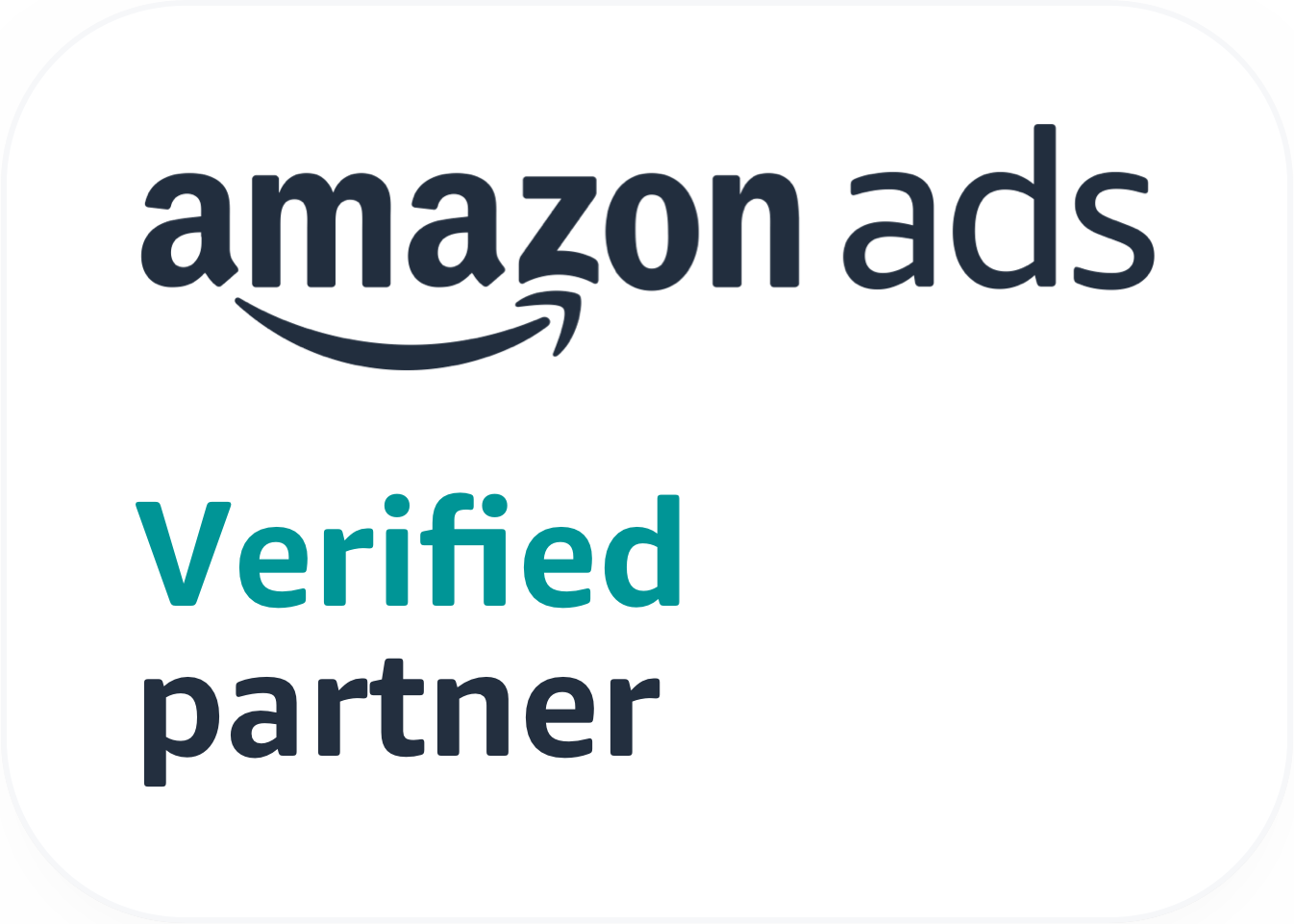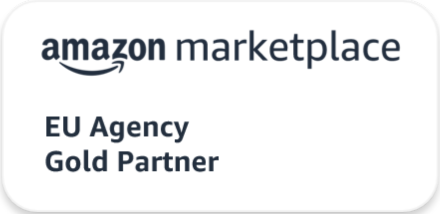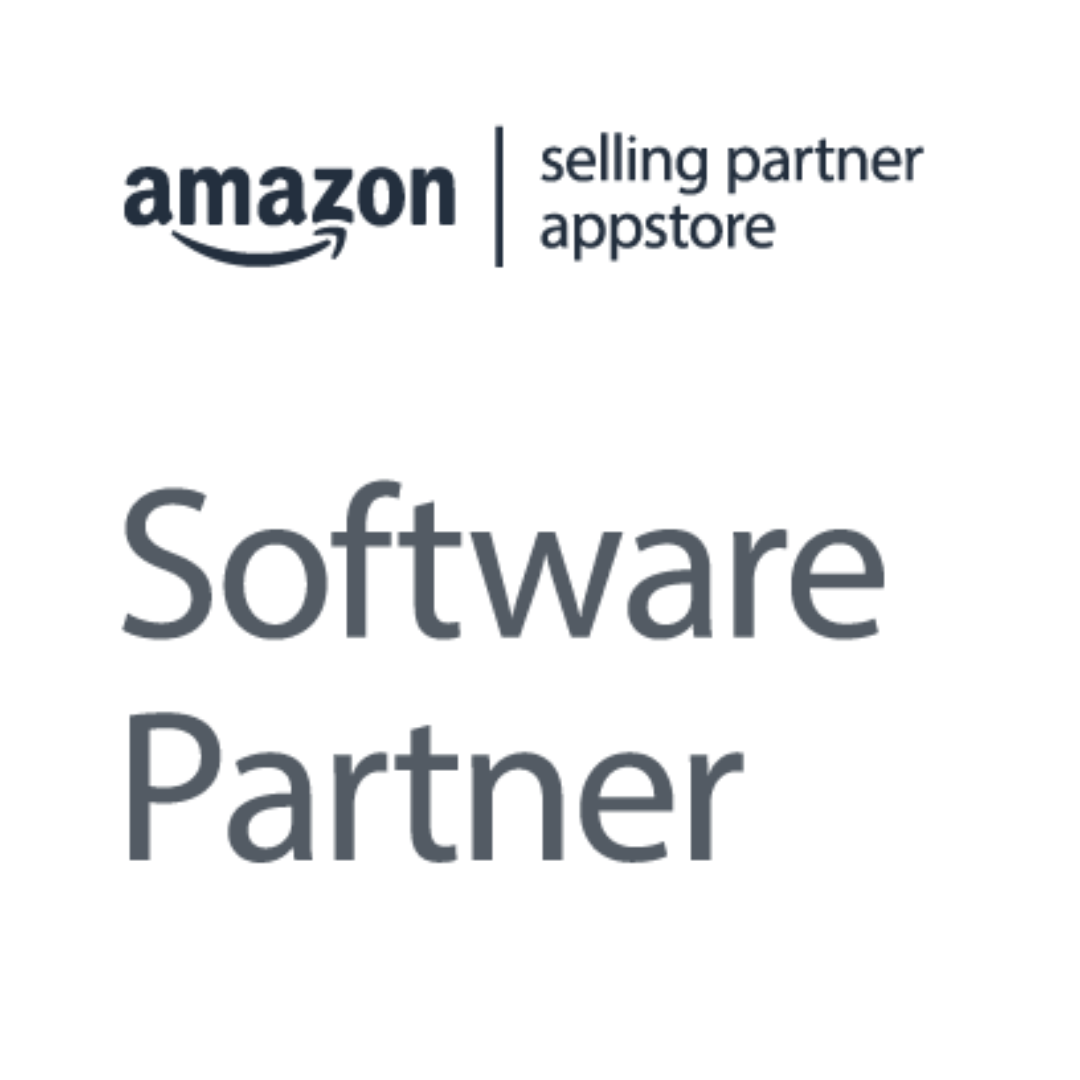New Rules for Prime Badge and Second Featured Offer


Amazon is introducing changes to the criteria for Prime eligibility and the selection of the Featured Offer in the shopping cart field (Buy Box) from June 21, 2023. This is Amazon's response to an investigation by the European Commission regarding antitrust concerns. This means that sellers with self-fulfillment will also be able to receive the Prime logo in the future. In addition, a second offer should be visible in the shopping cart field (Buy Box).
Changes to Prime Eligibility Criteria
As part of the agreement between Amazon and the European Commission, the criteria for Prime eligibility of offers will change on June 21, 2023 for all sellers for the markets Germany, France, Spain, Netherlands, Poland, Sweden and Belgium.
The markets Italy and Great Britain are excluded from the changes. The Italian competition authority had already imposed measures on Amazon in November 2021 after accusing the US corporation of abusing its dominant market position - Great Britain no longer falls under the European Economic Area since leaving the EU.
Who can receive Prime eligibility?
With the changes to Prime eligibility criteria, it will be possible in the future for additional sellers with self-fulfillment to receive the Prime logo. In addition to items that Amazon sells itself, only those sellers have previously received the Prime logo for their items who have their items shipped by Amazon (FBA = Fulfillment by Amazon) or participate in the Prime by Seller shipping program, which requires a successfully completed test phase. Sellers could then ship orders from their own warehouse, but the choice of shipping provider was limited to the logistics partners supported by Amazon.
This restriction no longer applies in the future. Sellers who want to qualify for a Prime logo can freely choose their logistics partners, as long as Amazon is provided with tracking information and certain performance criteria are met.
What criteria must be met to receive Prime eligibility?
For an offer to be eligible for Prime in the future, it must:
- be available nationwide
- be orderable with free shipping
- be returnable free of charge (exceptions only apply with regard to product weight and cross-border shipments).
In addition, there are further requirements that must be met for Prime eligibility. These derive from the expectations of Prime customers, particularly with regard to the delivery promise. In addition, valid tracking numbers (rate of min. 99%) and the cancellation rate (max. 0.5%) are relevant criteria.
An offer that meets the first three points mentioned can receive the Prime logo if certain requirements for the delivery promise are additionally met. These requirements are checked hourly. The basis for calculating the threshold for the delivery promise are the detail page views or the delivery promise visible there for customers.
The target specifications for the delivery promise are measured according to the percentage of how often customers must be assured certain time windows for delivery when viewing an offer page.
Basically, all Prime-eligible offers receive the Prime logo that belong to the 90% of detail page views with the shortest delivery promise. Conversely, this means: Those who fall into the slowest 10% do not receive a Prime logo; instead, only free shipping for Prime members is assured.
The target specifications for the delivery promise are calculated depending on the type of product assortment or product category, which is determined by the dimensions and product price, and also depend on whether the delivery is domestic or cross-border. A distinction is made between Standard, Price Hit, Extra Large and Oversize.
For the Standard product category, for example, for domestic deliveries, it applies that a delivery promise of less than four days must be assured for 70% of page views by customers, less than two days for 35% and less than one day for 5%. Based on these target specifications, an on-time delivery rate is calculated to decide whether the Prime logo is awarded. The on-time delivery rate is the percentage of units whose delivery was attempted on or before the announced delivery date. The minimum requirement is 90% in all product categories.
For sellers who were already Prime eligible before June 21, 2023, Prime eligibility is extended to the categories in which they currently offer Prime for Fulfillment by Amazon and Prime by Seller.
Further upper and lower limits
In addition, further upper and lower limits apply for the Prime logo to create standard time windows for delivery speed independent of the percentage distribution (90:10). Specifically, this means that a Prime logo is never awarded at a slower delivery speed than the upper limit, even if the delivery speed is still faster than that of the slowest 10%, and that items with a delivery speed that is equal to or faster than the lower limit are guaranteed to receive a Prime logo.
The changes to Prime eligibility mean that in the future every seller with self-fulfillment can receive the Prime logo if certain minimum requirements are met. This should make self-fulfillment more attractive for sellers in the future.
Buy Box Changes
Amazon has also announced significant changes regarding the shopping cart field (Buy Box). On the one hand, the criteria for how the so-called Featured Offer is determined are to be revised, and in addition, there should be a second featured offer.
Amazon Selection Criteria for "Featured Offer"
The second decisive change concerns the selection of the Featured Offer in the shopping cart field. Amazon promises "objectively verifiable, non-discriminatory conditions and criteria" to determine which offer is displayed as the Featured Offer (Buy Box). It is irrelevant whether it is sellers with or without FBA or Amazon Retail (Vendor). These criteria should also be applied independently of the logistics partner that a seller uses. Prime eligibility criteria or the Prime logo should also not be relevant criteria for the selection of the Featured Offer.
Second Offer
In addition to the Featured Offer, a second offer should also be visible in the shopping cart field in the future, which is selected based on the same criteria but must differ from this in some points.
A second offer can then be displayed if it has a price difference of 2% for each day difference in delivery speed. However, the second offer must be at least 25 cents cheaper.
In the search, the second offer is displayed, for example, as follows:
Alternatively, the second offer can also be selected based on a 10% price difference regardless of delivery speed (here too: not less than 25 cents price difference in absolute amounts).
In the new shopping cart field, up to two offers will then appear in the future with the same information (seller, price, delivery time) and actions (Add to Cart, Buy Now).
Many questions remain open
Since the rule published by Amazon on who will receive the Prime Badge in the future is still somewhat opaque, it remains to be seen whether this will lead to an increase or decrease in Prime offers.
What shipping requirements result from the new rules? Does standard shipping with DHL, for example, suffice in the future to receive the Prime logo? Could the new rules even lead to sellers doing more self-fulfillment in the future and turning away from FBA?
What do the changes mean for the Prime by Seller program? What do the changes mean for the many Prime customers? Can Amazon maintain the quality of delivery in terms of speed and delivery here?
Together with the chance of a second Featured Offer, this could significantly increase sales opportunities, especially for resellers. Those who are in a price war with resellers as a vendor should also see themselves confronted with lower Buy Box shares in the future if an additional offer from sellers appears equally and also carries the Prime logo. The dominance of the Buy Box by vendors would thus be ended. This transparency should put further pressure on vendors. "The (Buy Box) winner takes it all" no longer applies.
But sellers who have previously won the Featured Offer (the Buy Box) could also potentially meet Amazon more frequently in the shopping cart field if Amazon wins the second Featured Offer. This could affect brand manufacturers who have been operating in the Seller Model so far. If Amazon makes use of its Manufacturer Policy here, Amazon could also win the second offer with slightly worse conditions but faster shipping. Nevertheless, the second Featured Offer initially seems to be a clear gain for the Seller Model. Those who ensure that both Buy Box offers are occupied with a hybrid strategy go as winners from the field.


